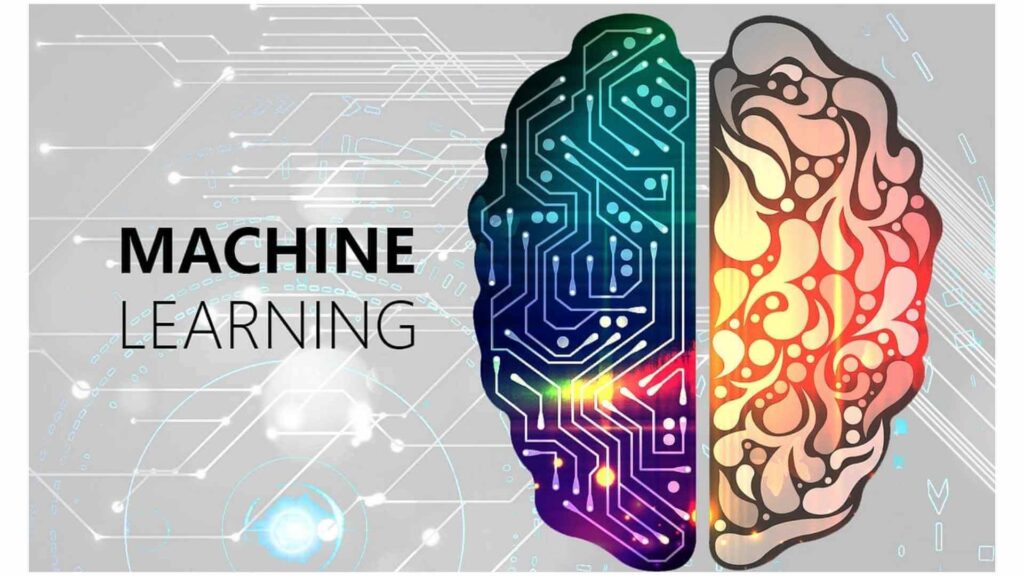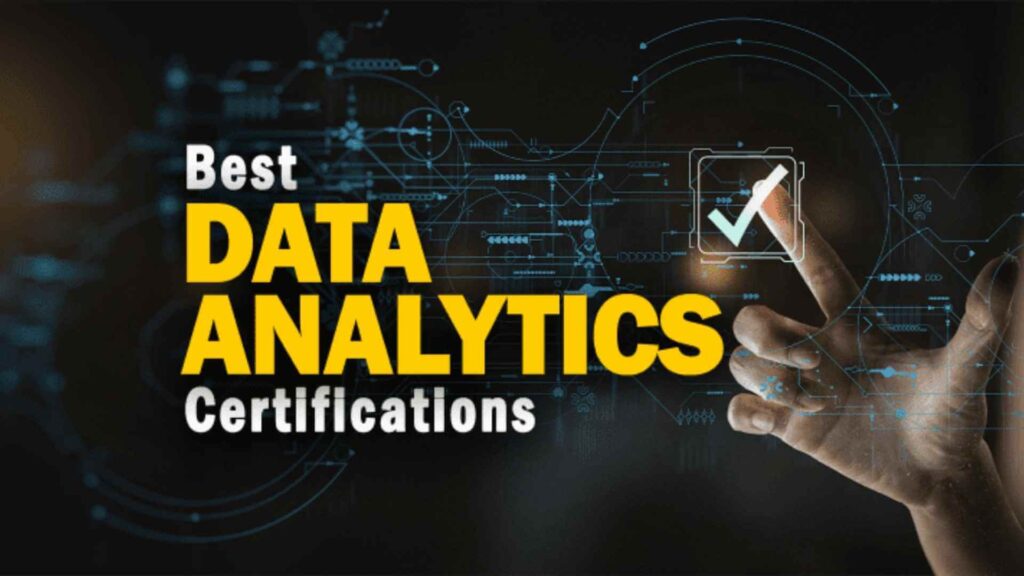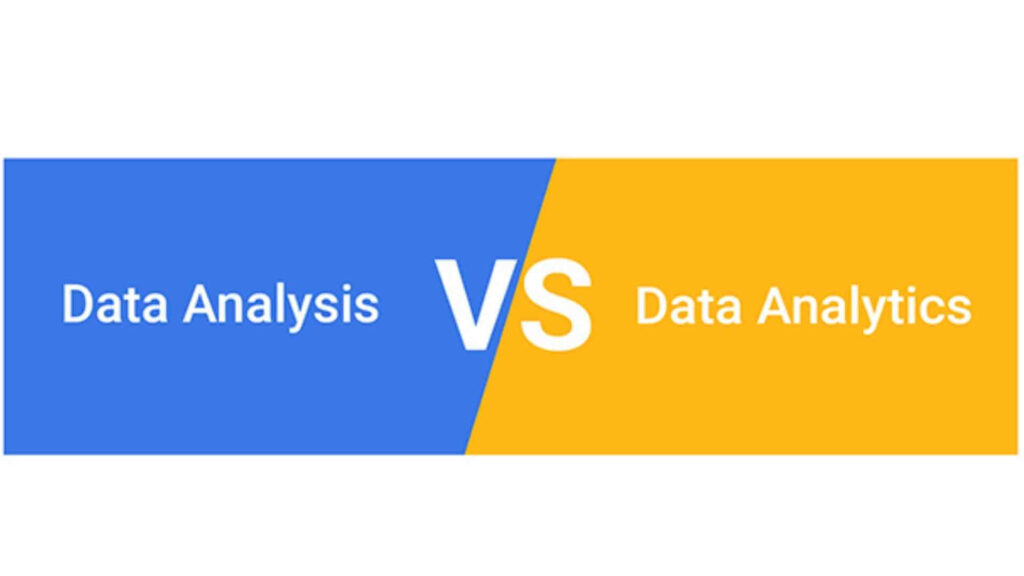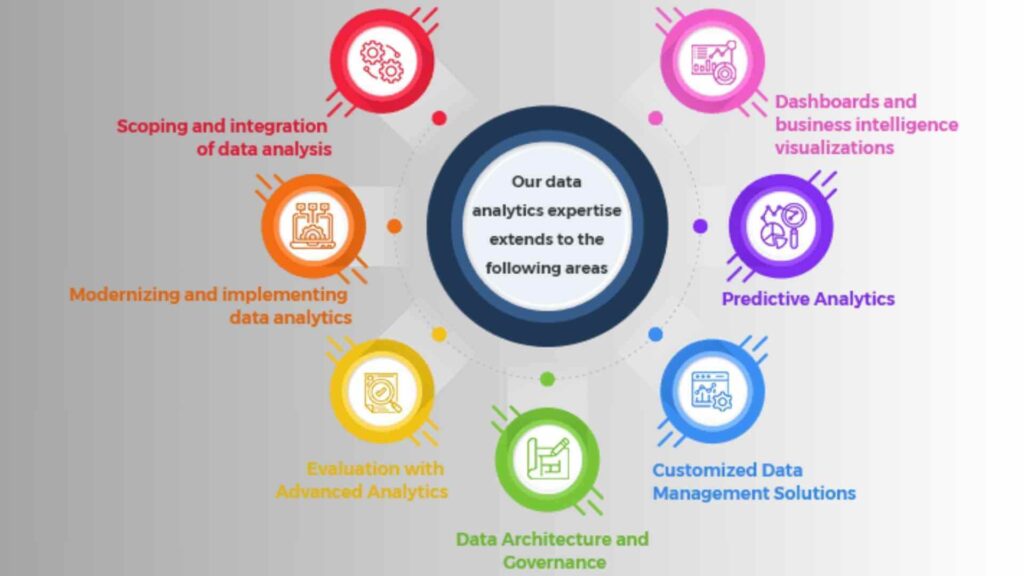Machine Learning and Data Analysis: Similarities and Differences
Machine Learning (ML) and Data Analysis are both key components of the data science field, but they serve different purposes and involve distinct methodologies. While both aim to extract valuable insights from data, they differ in their approach, techniques, and the type of results they provide. Understanding the similarities and differences between machine learning and data analysis is essential for anyone looking to delve deeper into data science.
Similarities Between Machine Learning and Data Analysis
- Goal of Extracting Insights from Data:
- Both machine learning and data analysis focus on analyzing data to uncover insights, trends, and patterns. They aim to provide data-driven solutions to business problems, guide decision-making, and improve processes.
- Use of Data:
- Both rely heavily on data as their primary input. The quality and relevance of data are crucial in both fields, as accurate and relevant data lead to meaningful results in machine learning models and data analysis.
- Techniques for Data Exploration:
- Both machine learning and data analysis employ similar techniques to explore data, such as data cleaning, transformation, and visualization. These steps ensure that data is prepared for further processing, whether it’s for building predictive models or for generating insights.
- Tools and Technologies:
- Many of the tools used for machine learning and data analysis overlap. Popular programming languages like Python and R, along with libraries like pandas, NumPy, matplotlib, and scikit-learn, are commonly used in both fields. Data analysts and machine learning engineers use these tools to manipulate data, build models, and visualize results.
- Statistical Methods:
- Both fields rely on statistical techniques to understand data. Data analysis often uses statistical methods to summarize data or test hypotheses, while machine learning uses these same methods to build models and optimize predictions.
Differences Between Machine Learning and Data Analysis
- Objective and Purpose:
- Data Analysis: The primary goal of data analysis is to answer specific questions or solve business problems by analyzing historical data. It often involves summarizing and visualizing data to uncover insights and trends.
- Example: Analyzing sales data to determine which products performed best in the last quarter or identifying the most profitable customer segments.
- Machine Learning: The purpose of machine learning is to develop predictive models that can automatically learn from data and make predictions or decisions based on new, unseen data. Machine learning is often used when there is a need for automation or when analyzing complex patterns that are not easily captured with traditional analysis.
- Example: Building a recommendation system that predicts which products a customer is likely to buy based on their browsing and purchasing behavior.
- Data Analysis: The primary goal of data analysis is to answer specific questions or solve business problems by analyzing historical data. It often involves summarizing and visualizing data to uncover insights and trends.
- Approach to Data:
- Data Analysis: In data analysis, the focus is typically on analyzing historical data and answering specific questions using descriptive or inferential statistics. The analysis might involve aggregating data, identifying patterns, or performing hypothesis testing. The process is often more straightforward and less dependent on complex models.
- Machine Learning: Machine learning uses algorithms to learn from data and make predictions or decisions without explicit programming. The machine learning process involves training a model using a labeled dataset (supervised learning) or finding patterns in unlabeled data (unsupervised learning). The model is then used to make predictions or classify new data.
- Example: A machine learning model could learn to classify emails as spam or not spam by being trained on a labeled dataset of emails.
- Use of Algorithms:
- Data Analysis: Data analysis does not typically involve the use of complex algorithms. Instead, analysts use statistical techniques such as mean, median, standard deviation, regression analysis, and other descriptive and inferential methods to draw conclusions from the data.
- Machine Learning: Machine learning involves building and training algorithms that automatically improve over time as they are exposed to more data. Algorithms used in ML include decision trees, random forests, neural networks, support vector machines, and k-means clustering, among others. These algorithms can adapt to new data and are often used for prediction and classification tasks.
- Human Intervention and Automation:
- Data Analysis: Data analysis is typically more hands-on and driven by the data analyst’s expertise in interpreting the data. Human intervention is essential to guide the analysis, interpret the results, and make decisions based on the findings.
- Machine Learning: In machine learning, the process is more automated. Once a model is trained, it can automatically make predictions or decisions without much human intervention. Machine learning models are designed to improve as they encounter more data, with minimal human involvement.
- Nature of Results:
- Data Analysis: The result of data analysis is often descriptive in nature. It may involve generating insights, answering questions, or making recommendations based on patterns and trends found in the data. The outcome of data analysis is typically static and provides a snapshot of the data at a given time.
- Machine Learning: The result of machine learning is dynamic. A trained model can be used to make ongoing predictions or classifications based on new data. The model’s performance can improve over time as it is exposed to more data, making the results more accurate and adaptable.
- Complexity and Scale:
- Data Analysis: Data analysis can be performed on smaller, less complex datasets and often involves straightforward statistical methods. It is suitable for understanding trends and making decisions based on historical data, but it may struggle with large datasets or complex relationships in data.
- Machine Learning: Machine learning is designed to handle larger and more complex datasets. It is capable of recognizing intricate patterns in the data and can work with unstructured data, such as text, images, and audio, making it more suitable for complex problems.
- Outcome Interpretability:
- Data Analysis: The results of data analysis are often easier to interpret and explain. Descriptive statistics or hypothesis testing provide clear answers and actionable insights that can be easily communicated to stakeholders.
- Machine Learning: The results of machine learning models are often less interpretable, especially for complex models like deep learning. While the model can make accurate predictions, it can be difficult to understand the specific reasons behind those predictions (often referred to as the “black box” problem).
When to Use Machine Learning vs. Data Analysis
- Use Data Analysis When:
- You need to explore and understand historical data.
- Your goal is to summarize or visualize data and draw conclusions.
- You are answering specific business questions or testing hypotheses.
- The data is relatively small or simple and does not require automation.
- Use Machine Learning When:
- You need to make predictions or classify data based on patterns in large or complex datasets.
- The problem requires automation or real-time decision-making (e.g., recommendation systems, fraud detection).
- You need to identify hidden patterns or trends in data that are not immediately apparent.
- You are dealing with unstructured data like images, text, or audio.
Conclusion
While data analysis and machine learning are both essential in extracting value from data, they serve different purposes and require different approaches. Data analysis focuses on interpreting and summarizing data to answer specific questions or solve problems, while machine learning involves building predictive models that can automate decision-making and adapt to new data. Understanding when and how to use each approach is key to becoming proficient in the field of data science.





